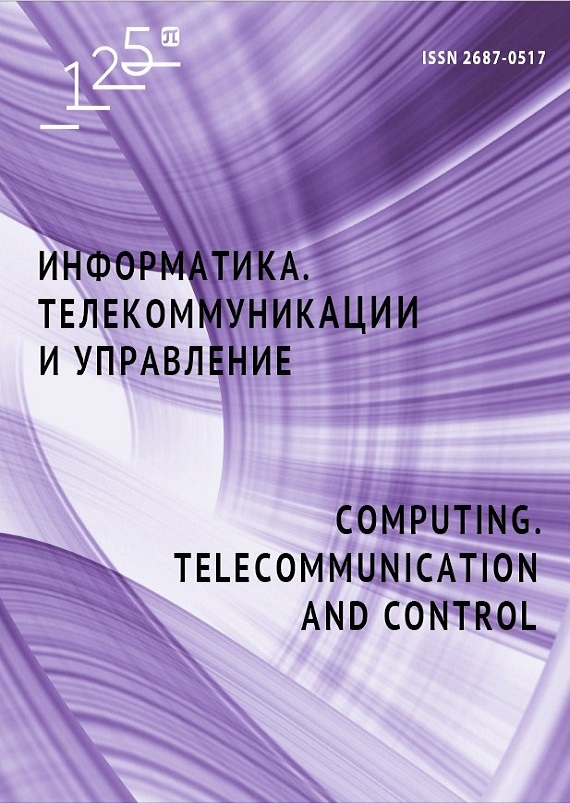Design and control of a fast charging module based on the USB-PD protocol
The main purpose of this article is to develop and design a USB_PD fast charging circuit based on the Type_C interface, to increase the battery life of electronic devices, provide an optimal power mode (minimum interface supply voltage of 5V while increasing the charging current). In this article, LDOs (Low Voltage Linear Regulator) are selected to implement an FPGA buck power supply, which is a fixed output regulator that provides low voltage output with current limiting, thermal shutdown, and battery reversal protection. To achieve this goal, the problems of high power consumption and low battery life caused by the rapid development of mobile devices such as mobile phones are analyzed, and it is indicated that the most effective solution at present is to increase the charging efficiency. The article briefly talks about the current state of fast charging research. The general structure of the USB PD fast charging protocol, the structure and functions of each part are analyzed. The physical layer simulation of the USB PD controller is completed using Verilog HDL, the function and implementation principle of each module is detailed, and the VCS is used for simulation to ensure that the design function is correct. The above-described board-level design is tested based on a programmable logic integrated circuit, and a logic analyzer and a protocol analyzer are used on the test results to achieve the expected design goals.


